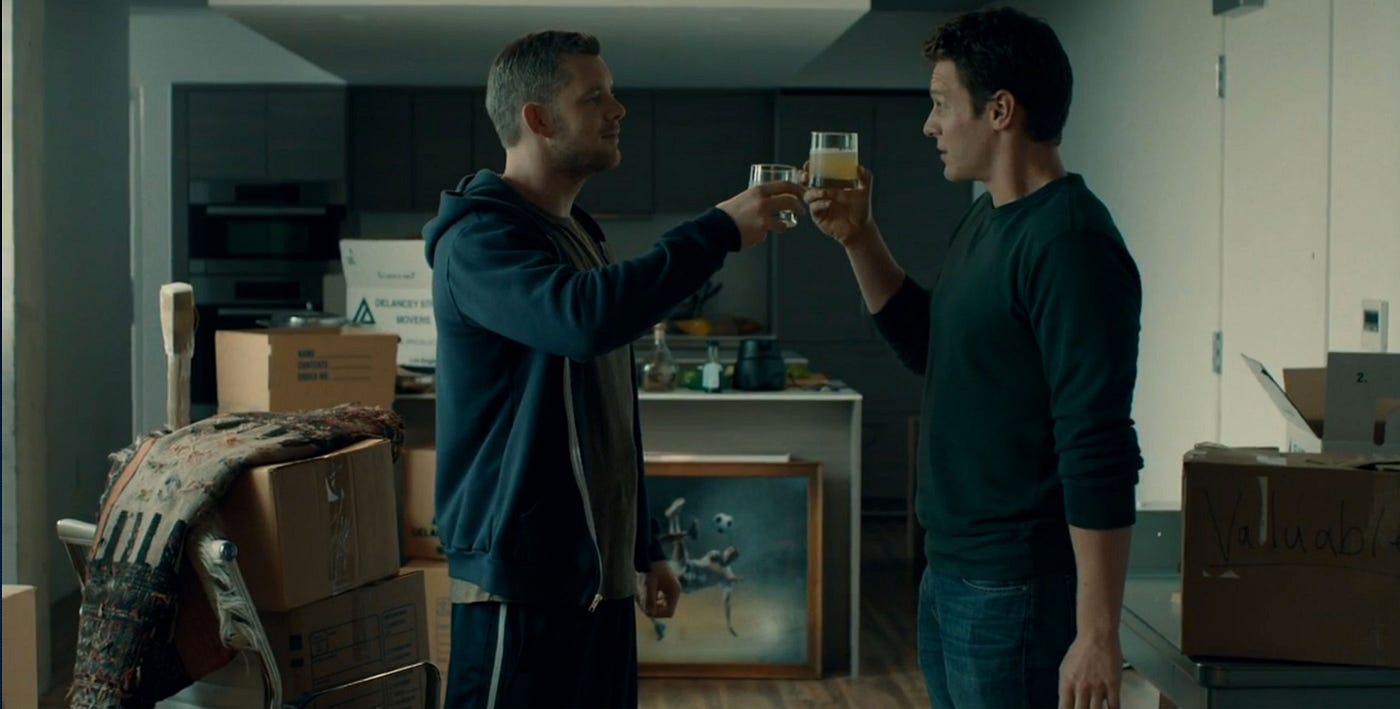
Today is Jonathan Groff’s 30th birthday. He’s probably wondering exactly what he’s going to do with his life now that Looking has been cancelled, much like some gay (and, yes, straight) SFers are wondering how they’ll spend their Sunday nights now.
The news of the show’s cancellation came only a few weeks after Russell Tovey briefly became the Worst Gay Ever, only to cede the crown to Dolce and Gabbana days later. As a friend of mine wrote on Facebook, “Soon, San Francisco will have nothing to argue about” (although there’s always whatever Megan Draper wears through the end of Mad Men). But the announcement of Looking’s demise feels more like another hiccup in the news cycle than the end of an era, however short.
The season two finale may not be the series finale, because HBO is dangling the possibility of a two-hour special to wrap it all up. Still, you could feel the show’s pace speeding up over the course of the concluding episodes, but not in a good way, because almost every possibility for dramatic tension was left offscreen. Where did Dom get the money to open the chicken window after all? Wouldn’t Patrick and Kevin’s decision to cohabitate leave Agustin scrambling for a new place to live, or at least to find a roommate? And how did Doris go from being a sexless lesbian straight into a Jane Austen-esque marriage plot, complete with an almost impossibly perfect guy?
For all its cinematographic luster, Looking never achieved critical mass and was relegated to the ranks of “prestige television” — critically applauded but met with a shrug by most of America. The dialogue was sometimes atrocious (Agustin: Going on PrEP is “the socially responsible San Francisco gay man thing to do”). The SF realness tie-ins were occasionally clunky (even naïve Patrick certainly would have heard of Esta Noche). And the acting was, well, all over the place.
The New Yorker accurately traces Patrick’s lineage through decades of real-world sexual politics and LGBT (mis)representation in the media, but the fact remains that he was always an incredibly inaccurate portrayal of a San Francisco Everygay. (The character was often described as “sweet,” which I always thought was one notch above politely calling someone “nice.” Was self-absorbed, whiny Patrick ever really that sweet? He was at his best when he got angry with Kevin at work.) Either way, the show’s labored verisimilitude buckled under him.
That wouldn’t necessarily be a problem for HBO’s numbers, given that the viewership probably consists of more than fault-finding twenty- and thirtysomething SF gays who don’t recognize themselves or anyone in their social circle in the show’s protagonist. This is supposed to be the era of narrowcasting, when every demographic segment can see itself onscreen without also having to appeal to fans of Two and a Half Men, but maybe not.
For all the shows featuring young, gay, urban characters during the last 15 years, Patrick’s closest antecedent might be Michael Tolliver from Armistead Maupin’s Tales of the City — another character frequently described as “sweet.” Michael struggled to find true love while navigating the complexities of San Francisco, just as Patrick did. Only his innocence and anxiety resonated with the craziness of the late 1970s, whereas Patrick felt like an anachronism, watered down to the point of non-credibility in pursuit of universal appeal. And now Patrick is gone, but Michael Tolliver lives.
Photo courtesy of HBO
Got a tip for The Bold Italic? Email tips@thebolditalic.com.







